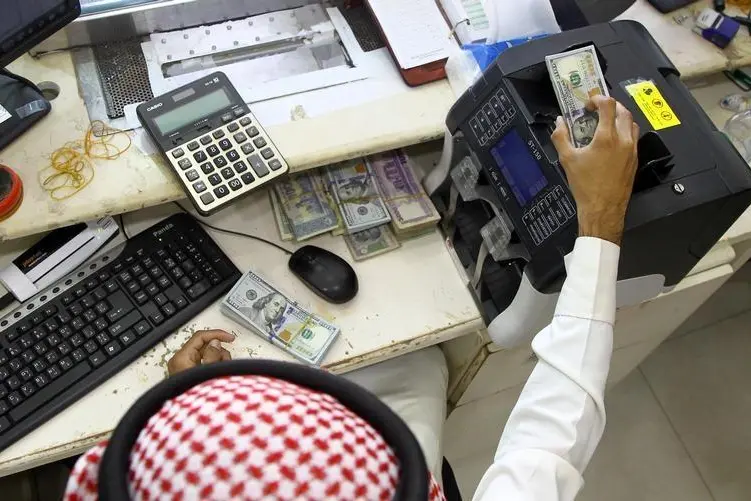PHOTO
The Saudi Arabian Monetary Authority (SAMA) says that electronic payments for the retail sector amounted to more than 36 percent of all payments available, including cash, in the Kingdom by the end of July 2019.
This has exceeded the target set by the financial sector development program (FSDP), one of the Kingdom’s Vision 2030 executive programs.
A key objective of the FSDP was to promote electronic payments and convert Saudi society to a cashless society by increasing the share of non-cash transactions from 16 percent in 2016 to 28 percent by 2020 and a further 70 percent by 2030.
A number of benefits are achieved by moving society to electronic payments, especially for bank customers by providing them with an excellent experience in facilitating payment processes with less cost and also by enhancing quality and transparency in transactions.
SAMA, as one of the FSDP stakeholders, has always believed that the reduction of cash transactions is one of its most important strategic objectives, and to achieve this it has been working hard over the past few years on several initiatives, projects and investments in the digital payments sector in line with the objectives of FSDP.
SAMA’s efforts have succeeded in enhancing the level of electronic payment in the Kingdom, as evidenced by the results of a recent study that showed the percentage of electronic payments in the retail sector. Retail payments exceeded 36 percent of the total available payments by the end of July 2019.
The results of the study show that card payments made up the largest share of electronic payments at about 31.3 percent. SAMA has said that its electronic payments strategy has helped “Mada” (Saudi Payment Network) to register an unprecedented rise in the number and value of purchasing transactions. For example, point-of-sales (POS) — an electronic payment channel connected to Mada — operations have grown by 50 percent for the nine months of this year, while the growth rates were 33 percent, 35 percent and 46 percent in 2016, 2017 and 2018 respectively.
The growth indicators in the POS service were accompanied by an expansion in the number of POS devices, which included various commercial sectors (such as gas stations); the total number of devices exceeded more than 407,000 devices by the end of September 2019 compared to 107,000 devices by the end of 2013. In addition, launching the Mada Atheer (NFC) service has had a major impact in activating and enhancing e-payment, especially after the introduction of mobile payment services.
SAMA’s strategy to convert Saudi Arabia to a cashless society is working well, as evidenced by the excellent achievements made in electronic payments. This will make financial transactions in general and banking transactions in particular, including payments, easier than ever by providing flexibility and speed, but it will also save the national economy the cost of printing money. This is costing some countries’ economies between 2 percent to 3 percent of the gross domestic product.
• Talat Zaki Hafiz is an economist and financial analyst.
Copyright: Arab News © 2019 All rights reserved. Provided by SyndiGate Media Inc. (Syndigate.info).












